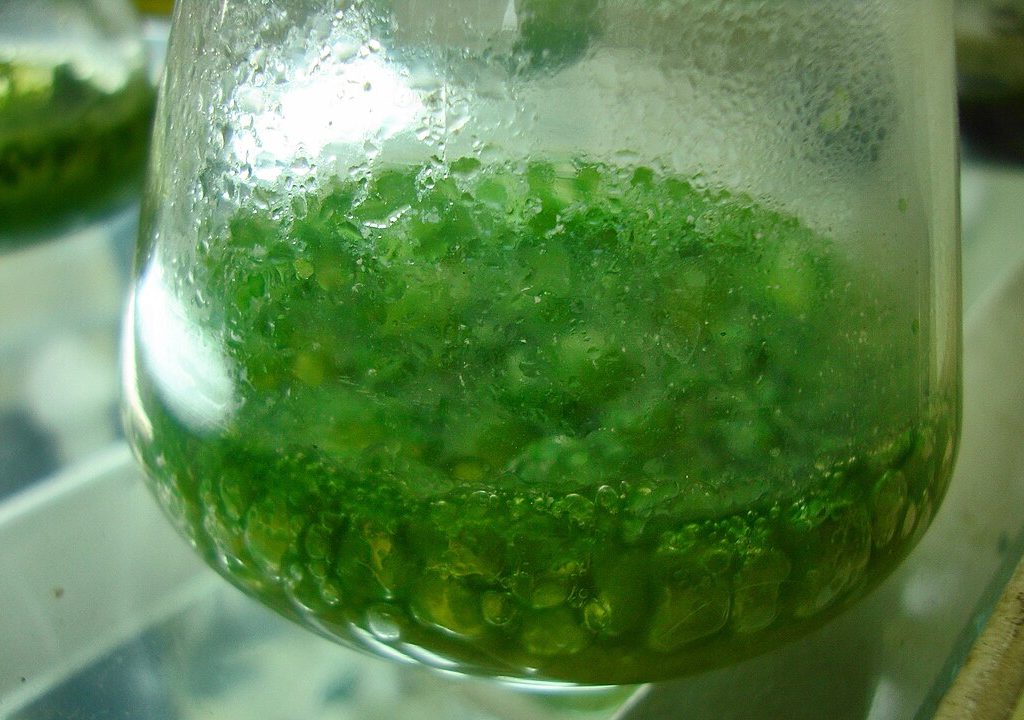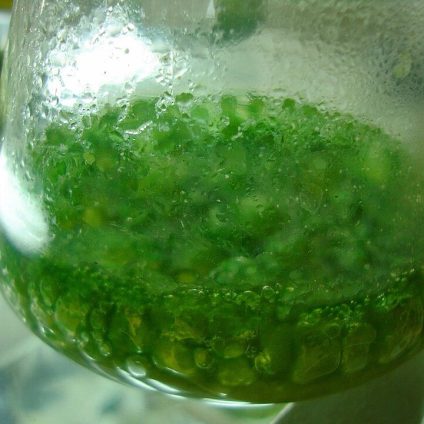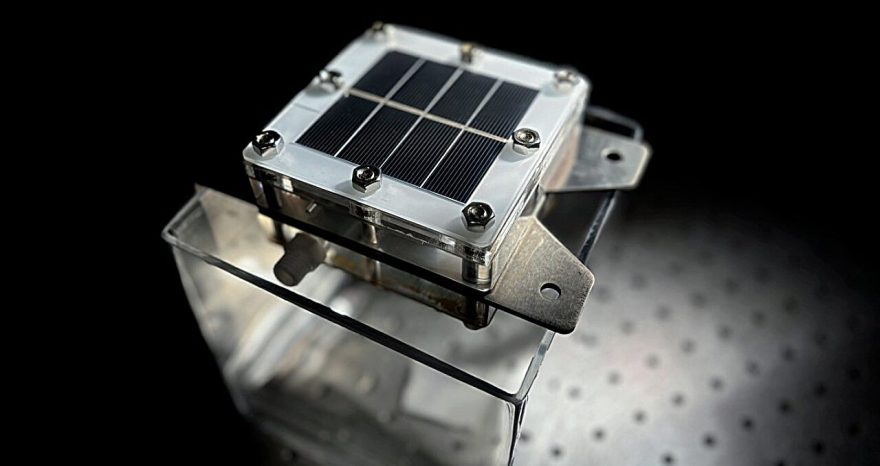Thanks to the development of innovative methods for analyzing photosynthetic electron flow, internal reactions in Synechocystis-based bio-photovoltaic systems are now better understood.

Bio-photovoltaics represent an emerging energy technology that has attracted significant scientific interest. However, due to its relatively young development, there are still many unknowns in this field. A recent study conducted by experts from the Helmholtz Centre for Environmental Research and the University of Kassel, Germany, sheds light on one of these areas. The research focuses on bio-photovoltaic systems and one of the key steps in their energy production: extracellular electron transfer (EET). To fully understand the results, it’s important to take a step back.
What are Bio-Photovoltaic Systems?
Bio-photovoltaic systems are hybrid devices that convert solar energy into electricity with the help of photosynthetic microbes. In these systems, bacteria harness solar energy in an electrochemical cell to split water molecules, releasing electrons. These electrons are then collected via electrodes.
The core of their operation lies in the ability of certain microorganisms to carry out what is known in biology as extracellular electron transfer (EET). This metabolic mechanism allows negative charges to be transferred from an internal donor within the cell to an external acceptor, typically the anode of the electrochemical cell in bio-photovoltaic systems.
However, this transfer is not always easy or direct. That’s why redox-active molecules, known as mediators, are often employed in bio-photovoltaics to facilitate electron transfer. Molecules like ferricyanide and quinones are commonly used in this role.
New Insights on Electron Flow
The team studied the photosynthetic electron flow in Synechocystis, a cyanobacterium, cultivated in a ferricyanide-mediated bio-photovoltaic system. This research has provided important insights into the role of EET in the bacterial cell.
The findings? Extracellular electron transfer does not appear to significantly impact cell growth or other key reactions, such as oxygen evolution. However, it competes with natural photoprotective mechanisms, rerouting electrons downstream of photosystem I. This discovery clarifies the source of electrons for ferricyanide-mediated EET, a critical step in optimizing the efficiency of bio-photovoltaic systems.
Furthermore, the research highlights that high concentrations of ferricyanide can disrupt the electron transport chain independently of EET, mimicking the effects of trace cyanide. This finding underscores the importance of carefully balancing mediator concentrations to improve efficiency while minimizing potential biotoxic effects.
“The research provides a molecular-level understanding of photosynthetic electron flow in BPV systems, paving the way for more efficient designs,” the authors noted. The study was published in Environmental Science and Ecotechnology.












